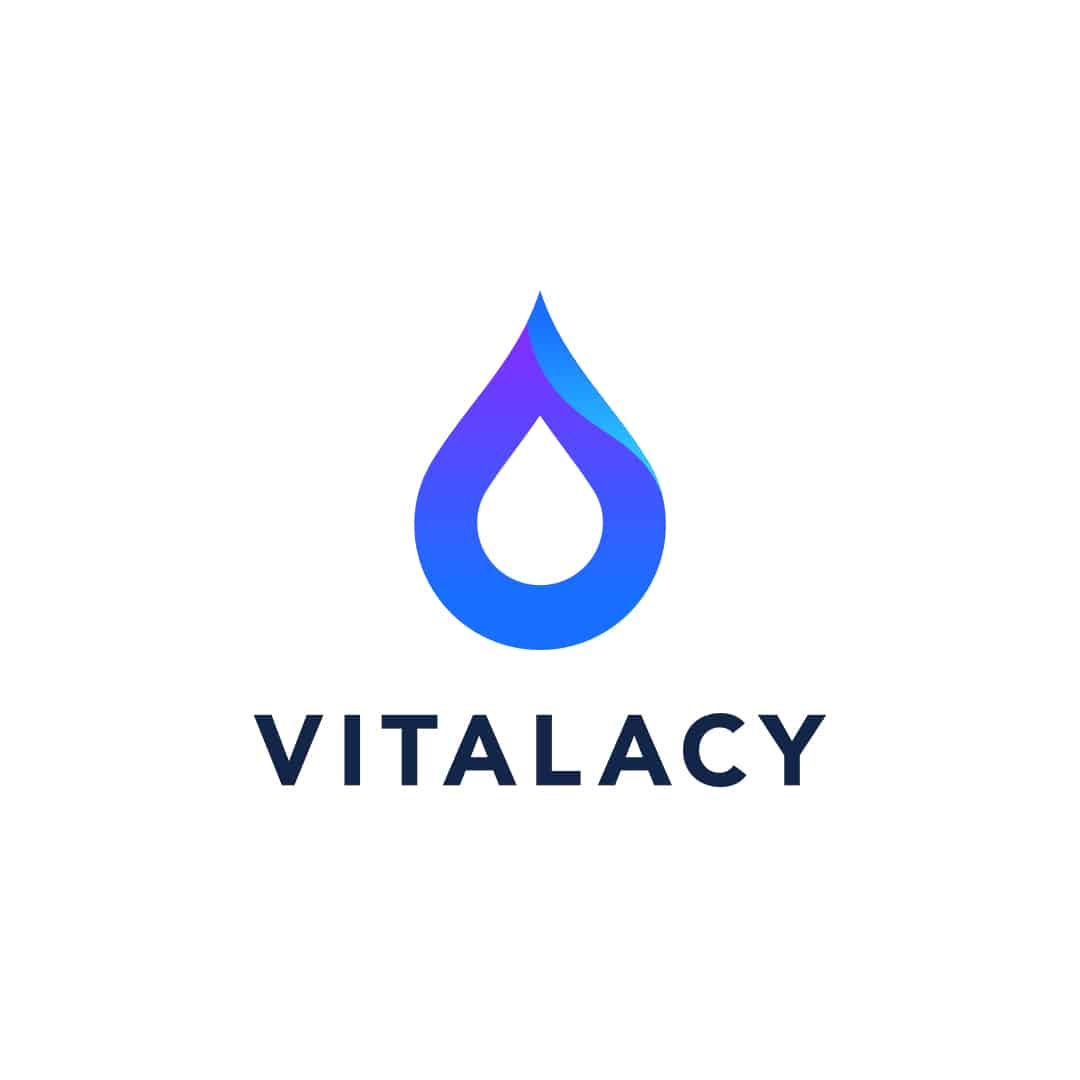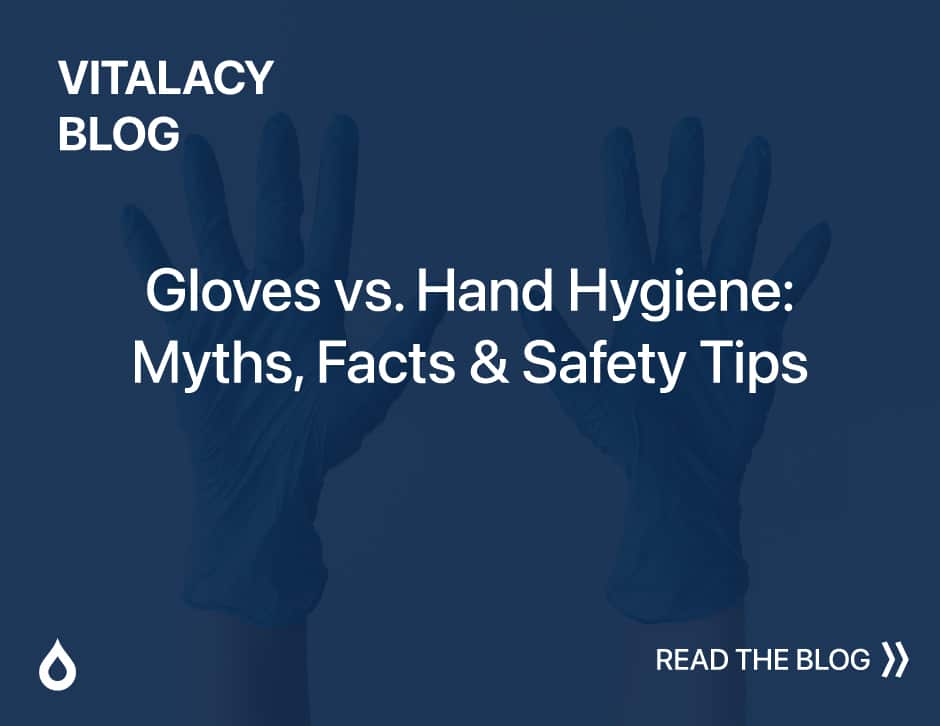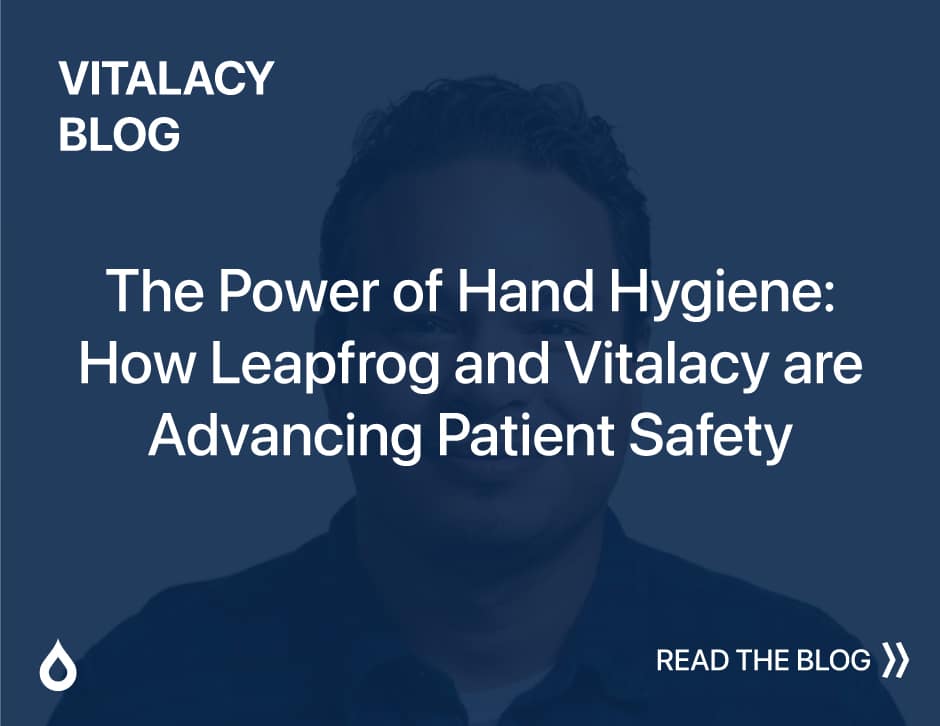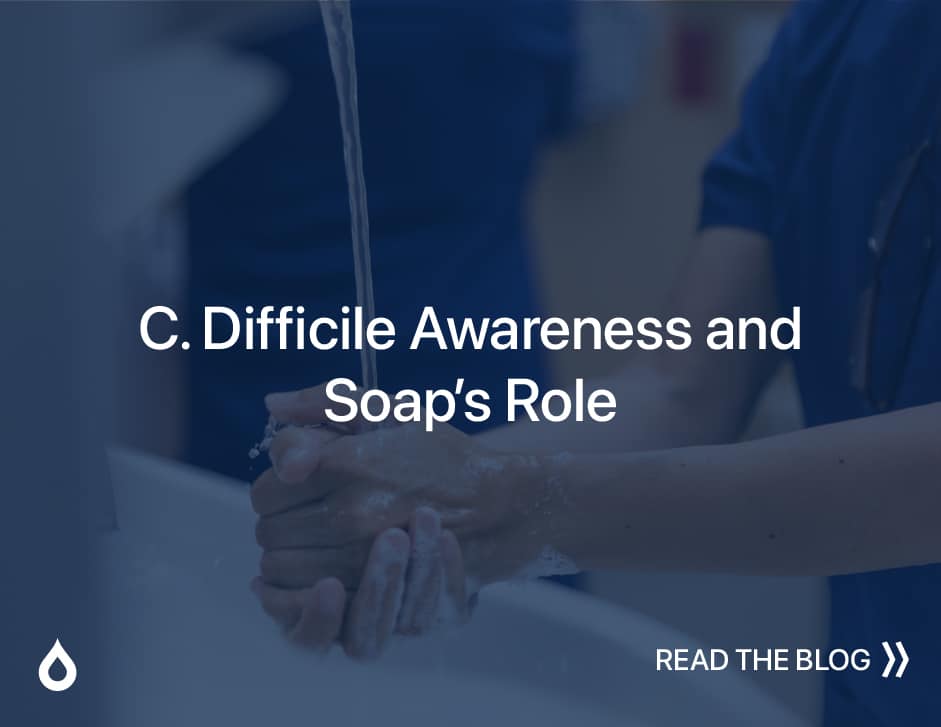Every healthcare executive dealing with patient safety challenges must deal with the realities of organizational culture, the philosophy of stakeholders in the organization in regard to patient safety, and budget. Many find themselves facing a daunting task with command of too few resources to attack the well-known but poorly documented problem of healthcare-acquired infections and conditions (HAIs and HACs).
Most likely, their present patient safety tools are highly manual and people-oriented and, therefore, expensive, unreliable and inconsistent. Yet, they know the financial stakes are getting much higher with the advent of HAC penalties and value-based payment. They see margins decaying and must consider how patient safety innovations – including automated workflow and compliance monitoring systems – can help them stay ahead of changes to reimbursement that have created new financial and operational risks.
A challenge for leadership is to get beyond the lip service associated with quality and safety and to take a deeper dive into patient safety and workflow monitoring systems that leverage contemporary technology and best practices. Since manual processes are deeply engrained in many healthcare settings, informing stakeholders about the shortcomings of these processes can be politically charged.
Any new approach incorporating automated workflow monitoring will work only if it becomes a seamless and meaningful part of an organization’s safety culture. There must be a willingness to imbed technology into the clinical workflow and use the data to reinforce a cultural shift.
Create a pilot project using automated workflow monitoring and gather actionable data. Many healthcare organizations get the ball rolling through a pilot project that can gather actionable data leading to better compliance and reduced HAIs and HACs. Know your pre-project baseline compliance and infection rates and their associated costs. Make your case by producing, introducing and using credible data demonstrating improvement.
Set goals and gain leadership support. Make clear throughout the organization the patient safety goals the project is designed to achieve. Gain the visible support of clinical, operational and financial leadership behind the goals and the project.
Take a multidisciplinary approach. Coordinate all departments whose participation and buy-in will be essential for successful implementation. While support from the C suite is important, only gaining buy-in from frontline providers will assure the project’s success. In an example taken from Vitalacy’s white paper, Finding New Ways to Prevent Healthcare-Acquired Infections and Conditions,” a multidisciplinary work group at an academic medical center created the opportunity for broad participation in the implementation of Vitalacy’s automated hand hygiene compliance solution from as many departments as possible – for example, each patient care unit, infection control, facilities management, environmental services, nursing management, and more. Our team used the work group as an opportunity to introduce care providers to the mobile app that showed them, on a daily basis, their compliance rate compared to other individuals and units. This started a fun competition between them. They started to compare themselves to each other, which increased the awareness of hand hygiene and made the product more user-friendly.
Collaborate. Gain and use direct input from frontline providers who will use the automated patient safety compliance system. Help them integrate the automated monitoring seamlessly into their workflow. Compare compliance results from unit to unit and discuss and find solutions to ongoing challenges. Share success stories and best practices during the rollout and beyond. The work group described above collaborated with the Vitalacy team to overcome objections to participation and compliance by finding ways to increase the care providers’ willingness to wear the wristbands or badges used as tracking devices.
Find champions. Because they find themselves at the frontline in the war against HACs, nurses and nursing leadership are often among the first to voice concerns and find solutions. Champions need to be identified and energized among physicians and other healthcare professionals as well.
As part of the implementation process at the academic medical center, one of the nurse managers volunteered to be the project’s champion, and she took the whole project under her wing. She pushed the project forward. The success of a project was determined not just by the technology, but by the cooperation of the staff and leaders. Refining the technology and, more importantly, engaging the staff with the assistance of the project champion significantly increased participation and compliance and decreased infection rates.
The caregivers at the medical center provided feedback and ideas that helped the Vitalacy team to develop ways to evolve and enhance its system. Noting that the Vitalacy system can track the movement of caregivers through their work day, the project champion asked if the system could track when and for how long caregivers interacted with patients. Her question rose from a concern about the high fall rate at the medical center due to severely immunocompromised end-stage cancer patients at high risk for falls and other complications.
This question led to the development of Vitalacy’s purposeful nurse rounding data module, which was implemented for the first time at this medical center. The module identifies which staff member completed rounding in each room, at what time, and for how long. By viewing activity by staff and room, managers can ensure that care providers get alerts when patients have not been visited as necessary; this information also helps managers to identify high- and low-performing staff to target education and training. The timing and frequency of visits can be set for each patient and adjusted to alert for higher-risk patients, particularly those at risk of falls, skin breaks, vein thrombosis or adverse drug events.
Learn more about Vitalacy’s patient safety platform at www.stg-vitalacy-stagingenv.kinsta.cloud.
Request a demo of Vitalacy’s Automated Hand Hygiene Monitoring Solution today!
Tal Cohen is the VP of Engineering at Vitalacy.
Author
-

Vitalacy is committed to reducing patient harm in healthcare through better hand hygiene and patient safety solutions. Bluetooth-enabled smart sensors and wearables help improve outcomes and Leapfrog Hospital Safety Grades.
View all posts




